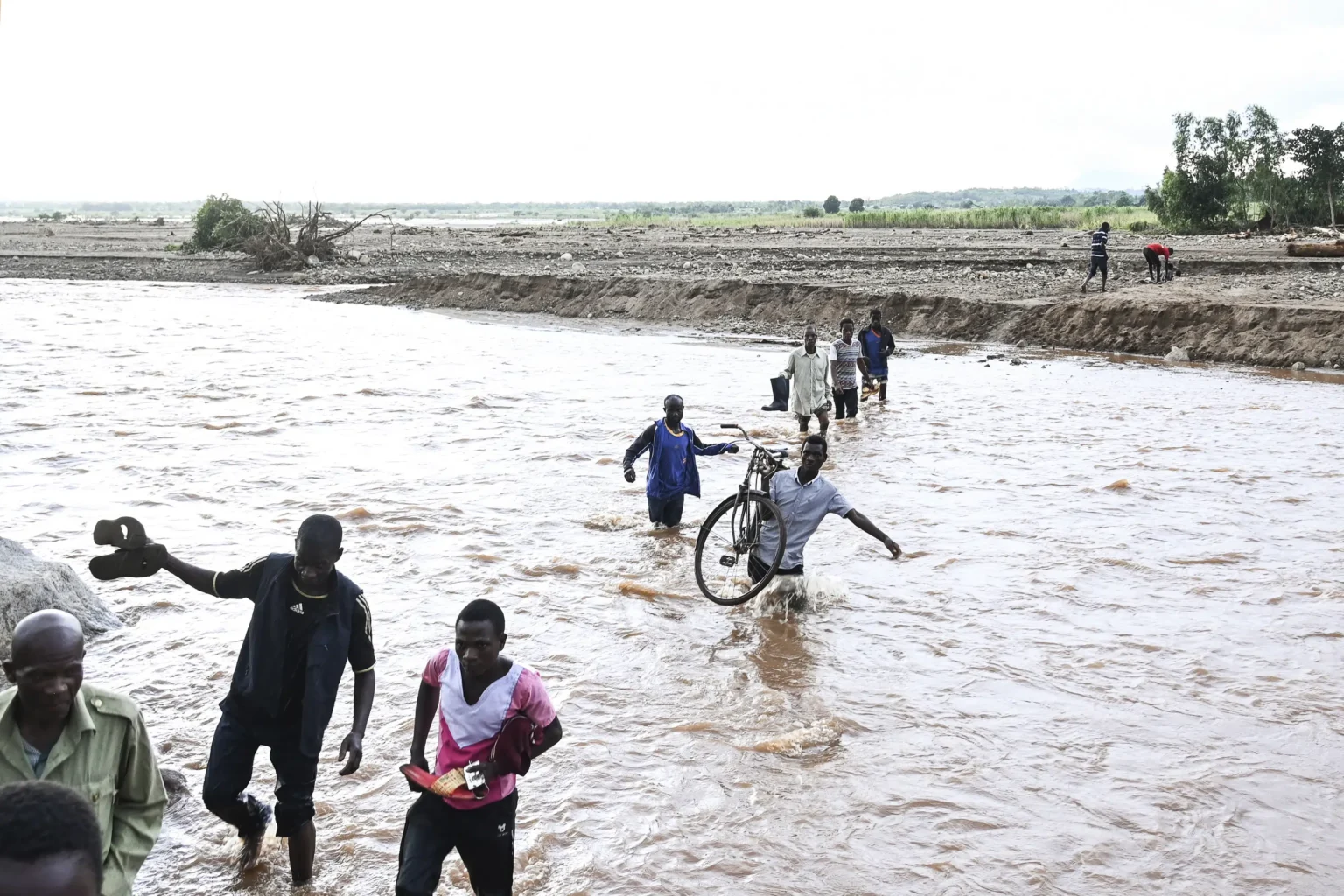- A Boston University report published on Thursday ,indicates that a Debt reductions of US$500 billions must be written off to assist developing countries that are most at risk of default get back on a better financial footing
- Developing nations’ sovereign debt rose by 178% due to the global financial crisis, reaching US$3.9 trillion by 2021
- Fitch Ratings reported a substantial amount of sovereign debt defaults this year, whereas the International Monetary Fund reported that 25% of developing nations and sixty per cent of developing nations are in or approaching debt distress
Countries in Sub-Saharan Africa (SSA) are dealing with two issues that are reducing productivity and undoing decades of economic progress: increasing levels of debt and an uptick in the frequency and intensity of climate shocks.
Countries now have declining public finances, low resilience to climate shocks, and constrained ability to fund adaptation due to the cumulative nature of these challenges.
Seven of the 38 sub-Saharan African nations analysed for debt sustainability under the combined World Bank-International Monetary Fund Debt Sustainability Framework for Low-Income Countries (LIC-DSF) Debt Sustainability Framework for Low-Income Countries Debt Sustainability Framework are already in financial distress, 18 are at high risk, and 13 are at moderate risk.
The Boston University Report, on debt Reduction
Based on a Boston University report published on Thursday 2023, up to US$500 billion in debt must be written off to assist developing countries that are most at risk of default get back on a better financial footing and achieve their development and climate goals.
According to computations from the Boston University Global Development Policy Center and the Debt Relief for a Green and Inclusive Recovery (DRGR) Project, haircuts on debt owed to public and private creditors by 61 of the countries that are already in or are most at risk of debt distress are necessary to prevent “cascading defaults.”
Many of the world’s poorest nations “don’t have a chance without ambitious debt relief,” according to Kevin P. Gallagher, co-chair of the DRGR project and head of the Boston University Global Development Policy Center.
Following the invasion by Russia of Ukraine in 2022, the COVID-19 pandemic was accompanied by fuel and food shocks that severely strained state budgets and drove up borrowing costs.
The study found that the framework of lenders became more complex at the same time that developing nations’ sovereign debt rose by 178% due to the global financial crisis, reaching US$3.9 trillion by 2021.
The researchers discovered that there should be room for restructuring of US$812 billion in debt held by all creditor groups.
Researchers suggested including instruments that had successfully eased before developing market debt crises to get the best results.
According to the report, this consisted of a guarantee facility that would offer improvements, or forms of guarantees, for freshly issued Brady bonds focused on green and inclusive recovery, that both private and commercial lenders can swap with a sizable haircut against old debt.
“In many ways, the proposal is an updated form of the Brady Plan along with the Heavily Indebted Poor Countries (HIPC) Initiative of the 1990s — the last time debt distress threatened our development goals.”
Fitch Ratings reported a substantial amount of sovereign debt defaults this year, whereas the International Monetary Fund reported that 25% of developing nations and sixty per cent of developing nations are in or approaching debt distress.
This corresponds to the impending environmental disaster, according to specialists. The study discovered a link between debt distress and climate susceptibility; several debt-stressed countries, including Pakistan, Ethiopia, and Malawi, have lately faced concurrent extreme weather events, putting additional strain on public finances.
The study forewarned that as global financial markets increasingly include risks related to climate change in their evaluations, it is going to get more expensive for those countries to borrow money, making it unaffordable for them to carry out crucial projects to reduce emissions and strengthen climate resilience.
Who do countries owe money to?
Finding a debt solution that suits every situation is challenging due to the unequal distribution of creditors. For example, almost 80% of Mozambique’s long-term external debt is made up of business loans from private institutions and is “non-guaranteed,” which means that a government agency is not promising to repay the debt.
The proportion in Zambia is much lower—35%—and discussions on restructuring the debt with private, bilateral, and multilateral financiers, who are in charge of the remaining debt of the nation, have dragged on.
Private creditors now play a bigger part within the SSA creditor environment than in previous years.
In contrast to 2010, when they made up almost 34% of the SSA debt stock, they now make up almost 23% of it, complicating the debt restructuring process because these new creditors “tend to be hesitant to offer decreased debt when they observe that official creditors are slow in moving,” according to FDL’s paper.
Read: African governments facing mammoth debt as financing needs surge
